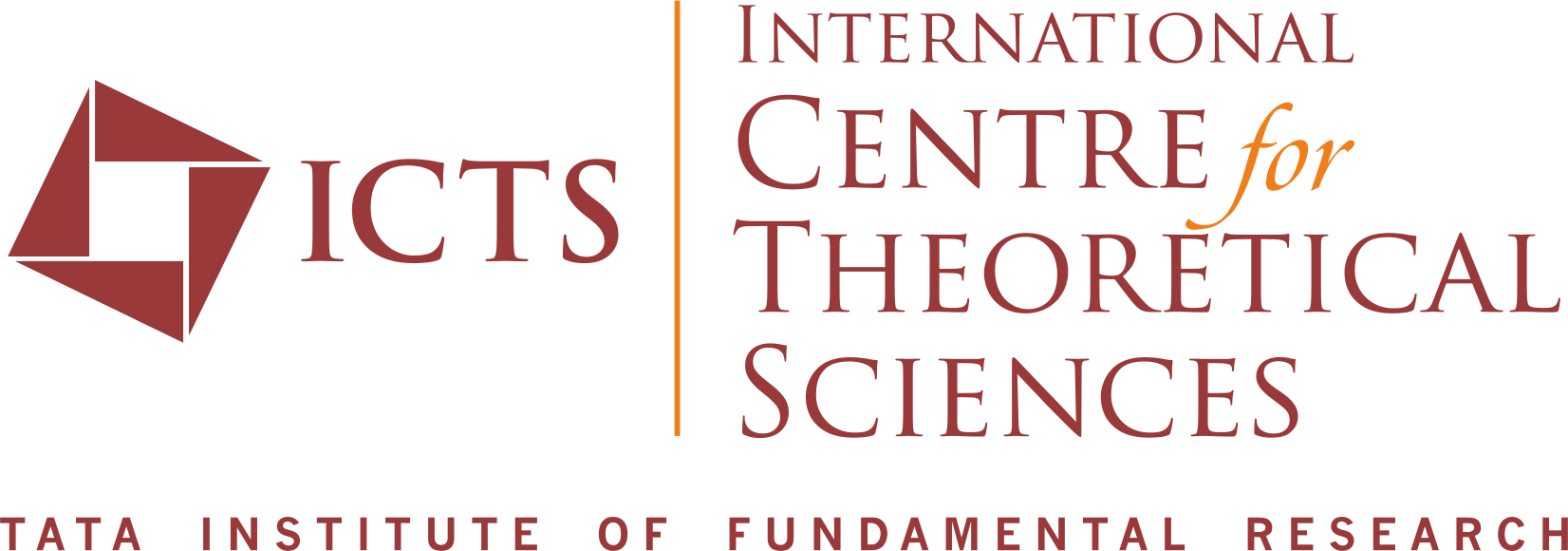
In one of the simplest epidemic models, one lets p_n denote the number of new infections during week n and assumes that (during the early stages of the epidemic) p_{n+1} = R_0 p_n c_n where c_n measures the “fraction of usual contact” that takes place between people during the nth week. Within this simplistic model, intermittent strategies (taking c_n small some weeks and large other weeks) lead to lower infection rates than consistent strategies with the same total amount of contact.
But what happens in more life-like models (such as SEIR and its network-based variants)? What factors cause intermittent strategies to outperform consistent strategies? What changes when there are multiple subpopulations with different controls? I will discuss some work with public health researchers that explores these questions for simple examples. Some of the models are counterintuitive: the strategy one expects to be “best possible” turns out to be “worst possible” and vice versa.
Participants are requested to submit their questions for the speaker through the following form:
https://forms.gle/MsyJQpdNXooWD21c8
The above form will stop accepting responses at 18:00 (Indian standard time) on February 22, 2021.
This colloquium is part of the Distinguished Lecture Series (DLS) organized by The (Indian) Mathematics Consortium (TMC), and co-hosted by IIT-B and ICTS-TIFR. For more information about this lecture series, and to register, please visit the homepage of the TMC DLS.


